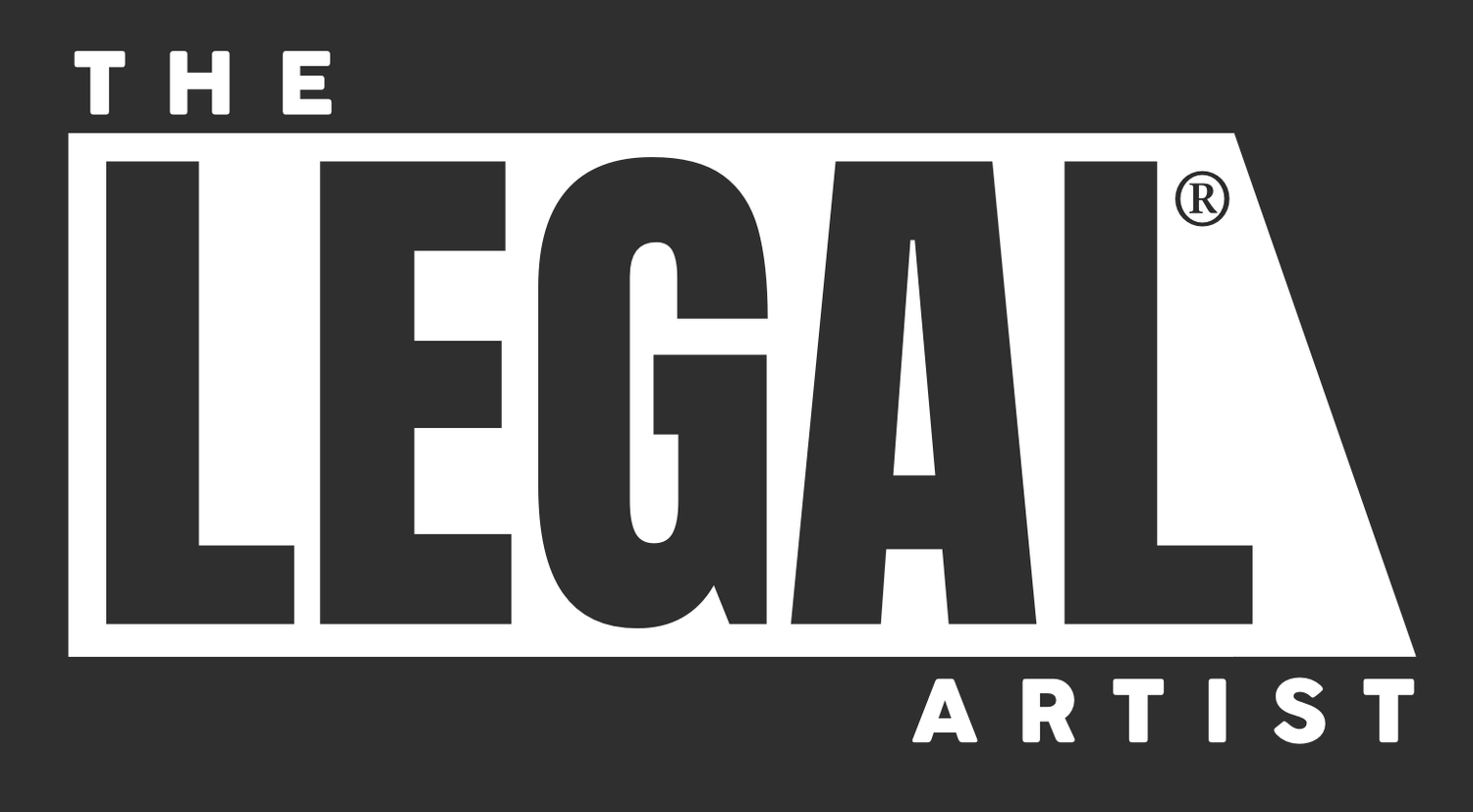 [Yesterday I got an email from a reader telling me a pretty scary story. She's permitted me to share it, but for the sake of confidentiality I'll change her name to "Jean".]
[Yesterday I got an email from a reader telling me a pretty scary story. She's permitted me to share it, but for the sake of confidentiality I'll change her name to "Jean".]
Five years ago, Jean was hired to design an ad for a local business. As part of the design process, she incorporated a stock photo from Getty Images, an online stock photo library. Jean's client liked the work and paid Getty a licensing fee to use that photo in the ad. The terms of the licensing agreement stated that the image could be used in print ads only. Jean put the ad on her personal portfolio website.
Last July, Getty's netbots discovered the ad w/image on Jean's website. Because the terms of the licensing did not include website use, Getty sent her a letter accusing her of breaching the license agreement and demanding $8,000 in usage fees. The netbots also found two images that she had used in mock-ups for other clients, but those mock-ups were never approved by the clients and the images never licensed.
Faced with a pretty scary situation, Jean did what a lot of people would do: she took down the images. This seems to have placated Getty because no more demand letters were sent. But did she really have to take them down?
Well, there are two issues determining whether Jean should fear Getty's wrath. 1) Did Jean's use of the image constitute copyright infringement? 2) Did Jean's use of the image constitute a breach of contract?
Regarding Copyright Infringement
Most IP lawyers agree that displaying your work in a portfolio, even when the copyright is owned by someone else, is permitted under fair use. That's because portfolios are non-commercial in nature, and don't generally compete with the copyright owner's financial interest. Jean's case is slightly different because the artist and the client aren't the only parties involved. There's a third-party copyright owner (Getty) who is laying claim to the image.
But even with that wrinkle, Jean is okay leaving the ad featuring the licensed image on her site. It doesn't conflict with Getty's market and she's not profiting from its display. She's using it as an example of her prior design work. No copyright infringement here.
Regarding the unlicensed images, I think removing them was the right decision. On the face of it, fair use applies to these images just as they would to the licensed image. But fair use is a squishy doctrine and in the absence of a license agreement, a judge could look at Jean's website and reasonably believe that she's not an innocent infringer (using images without permission from a website whose sole business is to license those images could indicate intent to pirate).
Regarding Breach of Contract
According to Jean, Getty placed very specific conditions on the use of the licensed image - print ads only, no web. Any violation of those terms constitutes a breach of contract, which is why Getty sent her an $8,000 bill.
Getty is fiercely protective of its copyrights. Their licensing agreements regulate every possible use of their images: the size of the image, number of times the image can be used, what mediums the image can be used in, and even placement of the image in the final artwork. When I was a producer, I would license stock photos from Getty all the time and they negotiate like Iranian hardliners. One time, I was trying to get their permission to use a single stock photo for a fifteen-year term in a documentary. No matter how hard I pleaded, I couldn't get them to budge from a ten-year commitment.
That said, standard agreements like these don't usually make third-parties liable for breaches of contract. Meaning that since the agreement was between Getty and the client, the terms of the contract likely didn't apply to Jean. Therefore, Jean is not liable for breach of contract.
So What Can Jean (And You) Do?
Realistically, Jean had no legal liability for displaying her work on her website. But to prove this, sadly, Jean would have to risk being sued by Getty. And as I've discussed before, going to court and winning, especially on a fair use case, is still a loss because of the time, money, and effort she would have to invest in defending herself. So the trick is to minimize liability before Getty can even send you a letter.
So, for all you designers who use stock photos in your work to stay (legally) safe, here are a few things you should always do:
- All photos should be properly licensed by you or your client
- Web use and/or portfolio use should be explicitly permitted in the license agreement
- Even if the licensing is done by the client, read and understand the terms of the licensing agreement to understand your liability to the other parties (i.e. if the client pays the license fee, are you as the artist liable to Getty as well for a breach of the contract?)
Remember, as an artist, your portfolio is the face of your business. The less work you can show, the less successful your business is. But because Getty's first instinct is to throw lawyers at you, each of you has to determine for yourself whether fighting back is a viable option. Following these three tips will help minimize that possibility.
[Author's Note: I'd be interested to hear from other lawyers out there if you've had different experiences working with Getty. Ditto for artists. Hit me back in the comments section below.]
















